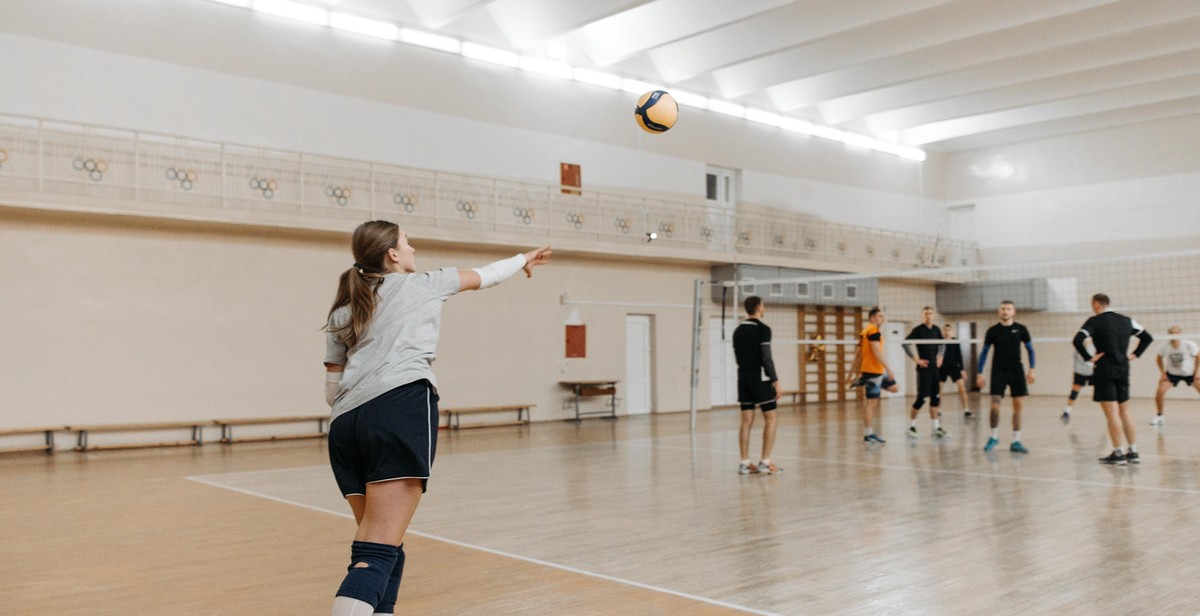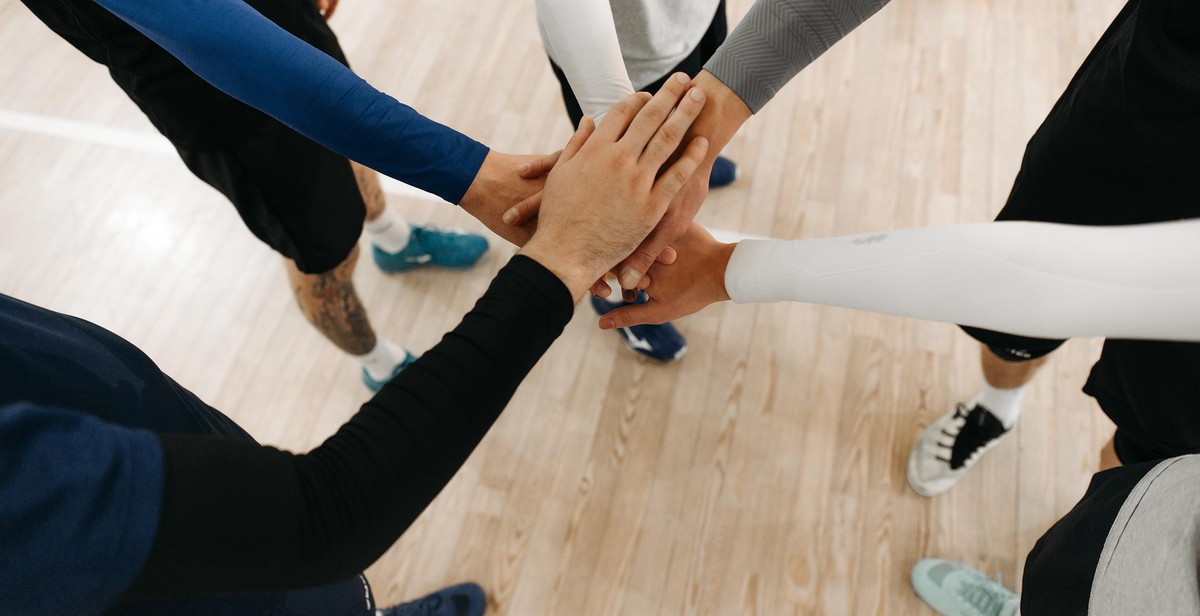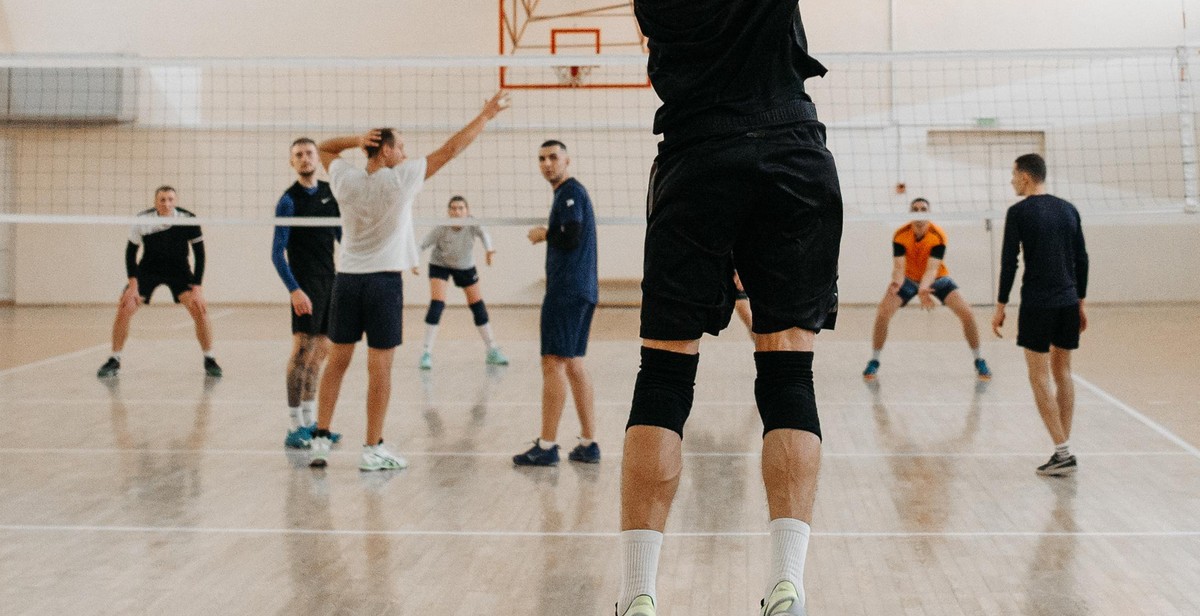Introduction
As a professional volleyball player with years of experience, I know firsthand how challenging it can be to master the jump serve. It’s a high-risk, high-reward technique that requires a lot of practice, patience, and skill. But with the right techniques and drills, anyone can learn how to serve a volleyball jump serve like a pro.
My Personal Experience with Volleyball Jump Serve
When I first started playing volleyball, I was intimidated by the jump serve. It seemed like such a difficult technique to master, and I didn’t know where to start. But with the help of my coaches and teammates, I began to practice the jump serve every day. I focused on my footwork, my arm swing, and my timing, and slowly but surely, I started to see improvement.
Over time, I developed my own unique style of jump serving that worked for me. I learned how to vary my serve speed and placement, and how to use different types of spin to make my serves more unpredictable. And most importantly, I learned how to stay calm and focused under pressure, even in high-stakes games.
Now, as a professional volleyball player and coach, I love sharing my knowledge and experience with others who are learning how to serve a volleyball jump serve. Whether you’re a beginner or an experienced player, this article will provide you with the techniques and drills you need to master the jump serve and take your game to the next level.

The Basics of Volleyball Jump Serve
Volleyball jump serve is one of the most exciting and powerful techniques in volleyball. It is a serve that requires the player to jump and hit the ball with great force and precision. The jump serve is an advanced technique that requires a lot of practice and skill to master. Here are the basics of volleyball jump serve:
1. The Approach
The approach is the first step in executing a successful jump serve. The player needs to take a few steps back from the serving line and approach the ball with speed and momentum. The approach should be smooth and controlled, with the player taking small steps and building up speed gradually.
2. The Toss
The toss is the next step in executing a jump serve. The player needs to toss the ball high into the air, above their head, and slightly in front of them. The toss should be accurate and consistent, with the ball landing in the same spot every time.
3. The Jump
The jump is the most important part of the jump serve. The player needs to jump high into the air, timing their jump with the toss. The jump should be explosive and powerful, with the player reaching their maximum height and hitting the ball at the highest point of their jump.
4. The Contact
The contact is the moment when the player makes contact with the ball. The contact should be clean and strong, with the player hitting the ball with the palm of their hand. The player should aim to hit the ball with the top of their hand, using their fingers to guide the ball and add spin.
5. The Follow-Through
The follow-through is the final step in executing a jump serve. The player needs to follow through with their swing, extending their arm and hand towards the target. The follow-through should be smooth and controlled, with the player maintaining their balance and posture throughout the serve.
Mastering the jump serve takes time and practice, but with the right technique and drills, anyone can learn how to serve a powerful and accurate jump serve.
Techniques for Serving a Volleyball Jump Serve
1. Proper Footwork
Proper footwork is essential for executing a successful jump serve. Start by positioning yourself at the back of the court, behind the end line. Take a few small steps forward, keeping your feet shoulder-width apart. As you toss the ball, take a big step forward with your non-dominant foot, followed by a quick hop forward with your dominant foot. This will help you generate the momentum you need to jump and strike the ball.
2. Tossing the Ball
The toss is arguably the most critical part of the jump serve. Toss the ball high enough so that you have time to jump and hit it at the highest point of your jump. The ideal toss should be slightly in front of you and just to the right of your hitting shoulder if you are right-handed (the left if you are left-handed). Keep your tossing arm straight, and use your non-dominant hand to guide the ball.
3. Body Positioning
Your body positioning is also crucial when serving a jump serve. As you approach the ball, keep your body square to the net. As you jump, turn your body slightly to your hitting shoulder, and swing your dominant arm back for the strike. Keep your non-dominant arm extended out for balance.
4. Striking the Ball
The final step is to strike the ball with precision and power. As you jump, bring your dominant arm forward, and snap your wrist at the highest point of your jump. Aim for the ball to make contact with the heel of your hand, just above your wrist. Follow through with your arm and body to generate more power and control.
- Remember to keep your eyes on the ball at all times.
- Practice your jump serve regularly to improve your technique.
- Don’t be afraid to experiment with different footwork, tossing, and striking techniques to find what works best for you.
By mastering these techniques, you will be well on your way to executing a powerful and effective jump serve that will give your team a competitive edge.
Drills to Improve Your Volleyball Jump Serve
If you want to take your volleyball jump serve to the next level, you need to practice regularly and incorporate specific drills into your training routine. Here are three drills that can help you improve your jump serve:
1. Standing Float Serve Drill
The standing float serve is the foundation of the jump serve and an essential skill for any volleyball player. This drill focuses on developing consistency and accuracy in your serve.
- Stand at the back of the court and serve to a specific target on the opposite side.
- Start with a slow, controlled serve and gradually increase the speed and power of your serve as you become more comfortable.
- Focus on hitting your target consistently and maintaining a consistent toss and contact point.
2. Jump Float Serve Drill
The jump float serve is a variation of the standing float serve that adds an explosive jump to generate more power and speed. This drill helps you develop the timing and coordination required for an effective jump serve.
- Start at the back of the court and take a few steps forward to build momentum.
- Jump and hit the ball with a float serve, focusing on maintaining a consistent toss and contact point.
- Gradually increase the height and distance of your jump as you become more comfortable.
3. Approach Jump Serve Drill
The approach jump serve is the most advanced and powerful serve in volleyball. This drill focuses on developing the explosive power and speed required to execute an effective approach jump serve.
| Step | Description |
|---|---|
| 1 | Start at the back of the court and take a few steps forward to build momentum. |
| 2 | Jump and approach the ball with a three-step approach, focusing on timing and coordination. |
| 3 | Hit the ball with a powerful jump serve, focusing on maintaining a consistent toss and contact point. |
Remember to practice these drills regularly and focus on improving your technique and consistency. With dedication and hard work, you can master the jump serve and become a dominant force on the volleyball court.

Common Mistakes to Avoid When Serving a Volleyball Jump Serve
Serving a volleyball jump serve can be a challenging technique to master. However, there are common mistakes that players make when attempting a jump serve. By avoiding these mistakes, you can improve your jump serve and become a more effective server.
Poor Footwork
Poor footwork is a common mistake when serving a jump serve. If your footwork is incorrect, it can affect your timing and accuracy. It is important to have a consistent footwork pattern when serving a jump serve. Your footwork should involve a small hop before you make contact with the ball. This hop helps generate power and momentum for your serve. Make sure you land on the same spot every time you serve to ensure consistency.
Inconsistent Tossing
Another common mistake is inconsistent tossing. If your toss is inconsistent, it can affect the trajectory and speed of your serve. It is important to have a consistent toss when serving a jump serve. Your toss should be high enough to allow you to make contact with the ball at the highest point of your jump. Practice your toss to ensure that it is consistent and accurate.
Focusing too Much on Power
Many players make the mistake of focusing too much on power when serving a jump serve. While power is important, it is not the only factor that makes a good jump serve. Focusing too much on power can cause you to sacrifice accuracy and consistency. Instead, focus on your technique and timing. With proper technique and timing, you can generate power while maintaining accuracy and consistency.
| Mistake | Effect | How to Avoid |
|---|---|---|
| Poor Footwork | Affects timing and accuracy | Have a consistent footwork pattern involving a small hop before making contact with the ball and land on the same spot every time |
| Inconsistent Tossing | Affects trajectory and speed | Practice your toss to ensure it is consistent and accurate |
| Focusing too Much on Power | Sacrifices accuracy and consistency | Focus on proper technique and timing to generate power while maintaining accuracy and consistency |

Conclusion
Mastering the volleyball jump serve is not an easy feat, but with consistent practice and dedication, it can be achieved. Remember to focus on the key elements of the serve, including the toss, approach, jump, and contact. Utilize the drills and techniques outlined in this article to improve your skills and take your game to the next level.
It’s important to note that mastering the jump serve is not just about power, but also about accuracy and consistency. Take the time to perfect your technique and develop a consistent routine before attempting to add more power to your serve.
Lastly, don’t forget to warm up properly before practicing or playing. Stretching and performing dynamic warm-up exercises can help prevent injuries and improve performance.
Key Takeaways:
- The volleyball jump serve is a powerful weapon when executed correctly.
- Focus on the key elements of the serve: toss, approach, jump, and contact.
- Consistent practice and dedication are necessary to master the jump serve.
- Accuracy and consistency are just as important as power.
- Proper warm-up and stretching can help prevent injuries and improve performance.
| Back to Top |
